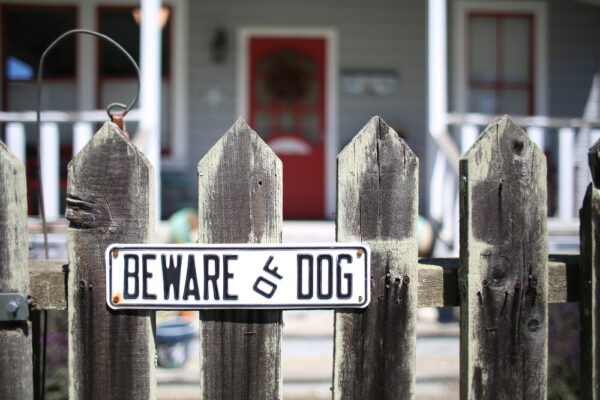According to a new study released in January by the Advocates for Highway and Auto Safety, Nevada no longer ranks among the worst states when it comes to traffic safety laws.
In its annual “Roadmap of State Highway Safety Laws,” the Advocates for Highway Safety—a coalition of consumer, health, public safety and insurance groups—upgraded Nevada’s status from “red light” to “yellow light.”
In its report, the coalition describes the 31 yellow-light states as those in need of improvement “because of gaps in [the coalition’s] recommended optimal laws.” Moreover, the 13 red-light states are those that have fallen “dangerously behind in adoption of [the coalition’s] recommended optimal laws.” Each state’s rating, according to the coalition, is based on the overall number of recommended traffic safety laws each state chooses to adopt.
While Nevada has achieved yellow-light ratings in previous years, last year’s report saw a dramatic dip from yellow into the dreaded red-light category. Some experts suggest that last year’s red-light rating might be explained by changes in study parameters, but most agree that there is still much to improve upon.
According to Erin Breen, head of the Vulnerable Road Users Project at UNLV, “I was very happy to see that we’re not in that bottom category anymore, but we can do better.” “There’s still a potential to save lives, so I hope to see some of these laws come up for debate during the 2019 legislative session,” Breen stated.
One law that helped Nevada reclaim yellow-light status, some suggest, is an ignition interlock regulation, passed by the Legislature in 2017. The law mandates ignition interlocks after a drunken driving offense, requiring any person arrested with a 0.08 blood alcohol concentration and above to use the device for at least 90 days following their arrest. The law is set to take effect on October 1, 2018.
By passing the new ignition interlock law, Nevada joined 20 states in enacting and enforcing certain “optimal laws” aimed at mitigating the harsh effects of impaired driving. According to Andrew Bennett, spokesman for the Nevada Office of Traffic Safety, the State “is still looking over the entirety of the report, but we are encouraged that we are heading in the right direction.”
While Nevada’s move from red-light to yellow-light is undoubtedly positive news, there remains plenty of room for improvement in the Silver State.

The Legal Examiner and our Affiliate Network strive to be the place you look to for news, context, and more, wherever your life intersects with the law.










Comments for this article are closed.